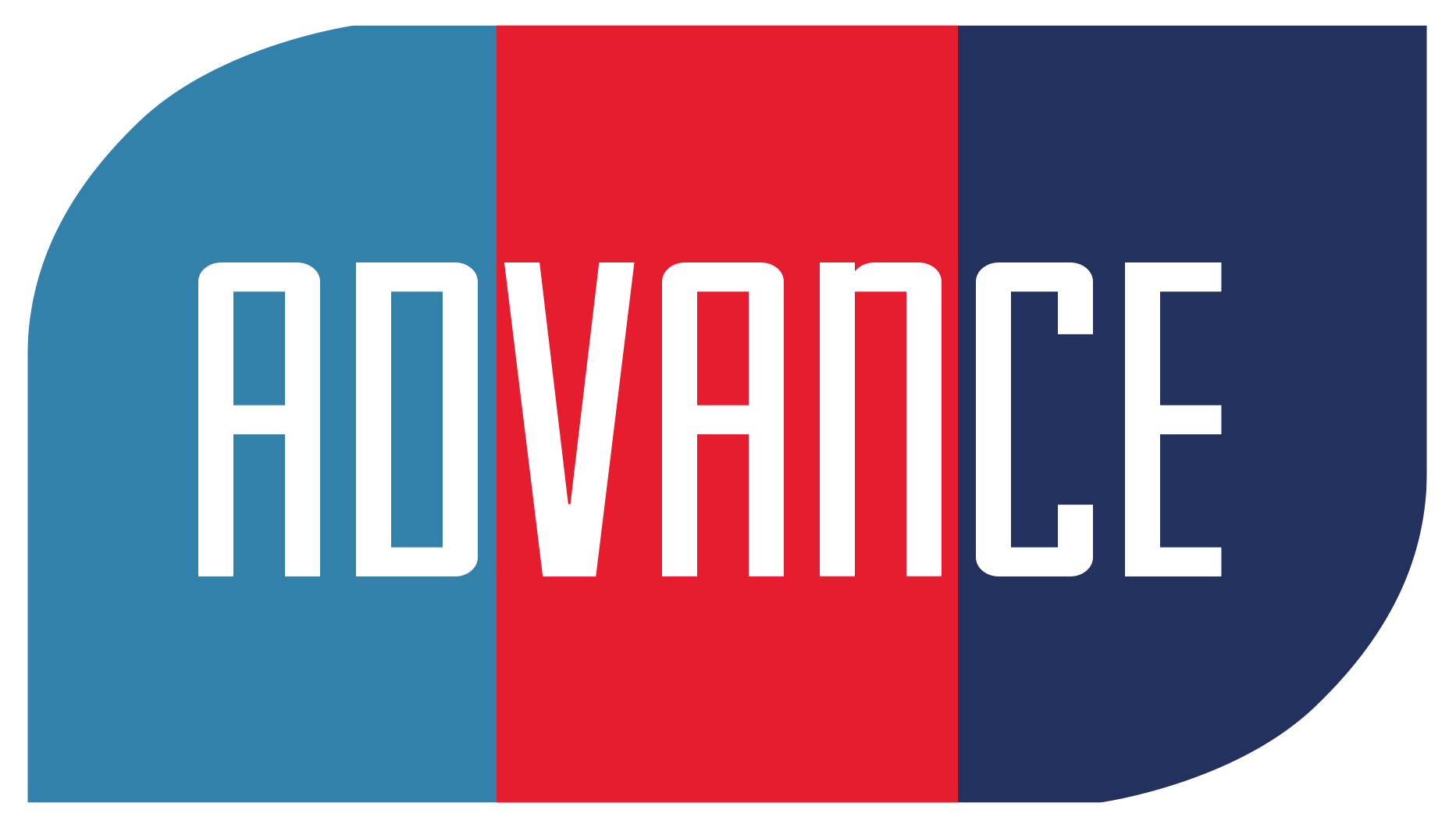Hypothesis
It is hypothesised that the findings in medical imaging, gait biomechanics analysis, and muscle strength from this research may enable individualised rehabilitation to maximise recovery and function in veteran traumatic lower limb amputees.
Summary
The current programme of studies aims to:
1) To investigate the relationships between functional outcomes for; a) muscle size; b) strength; and c) gait biomechanics in a young and healthy veteran population following single and/ or bilateral traumatic lower limb amputation.
2) To evaluate the torque production from the available joint extensors and flexors muscle groups of lower limb amputees. Consequently, allowing accurate quantification of strength intervention outcomes.
3) To evaluate if the combination of ultrasound B-mode ultrasound and shear wave elastography is of value to assess and quantify the muscle quality in this population in a clinical setting. This may result in a faster, safer, and more affordable imaging methodology when compared to MRI.
4) Understand the relationship between muscle and fat mass on muscle quality in young and healthy lower limb traumatic amputees. 5) Provide the tools to assist clinicians in establishing individual rehabilitation pathways and thus improve longer-term mobility within this patient population, in addition to the quality of life. It is hypothesised that the findings in medical imaging, gait biomechanics analysis, and muscle strength from this research may enable individualised rehabilitation to maximise recovery and long-term function in veteran traumatic lower limb amputees.
Keywords
Gait, Amputation, Rehabilitation, Biomechanics
